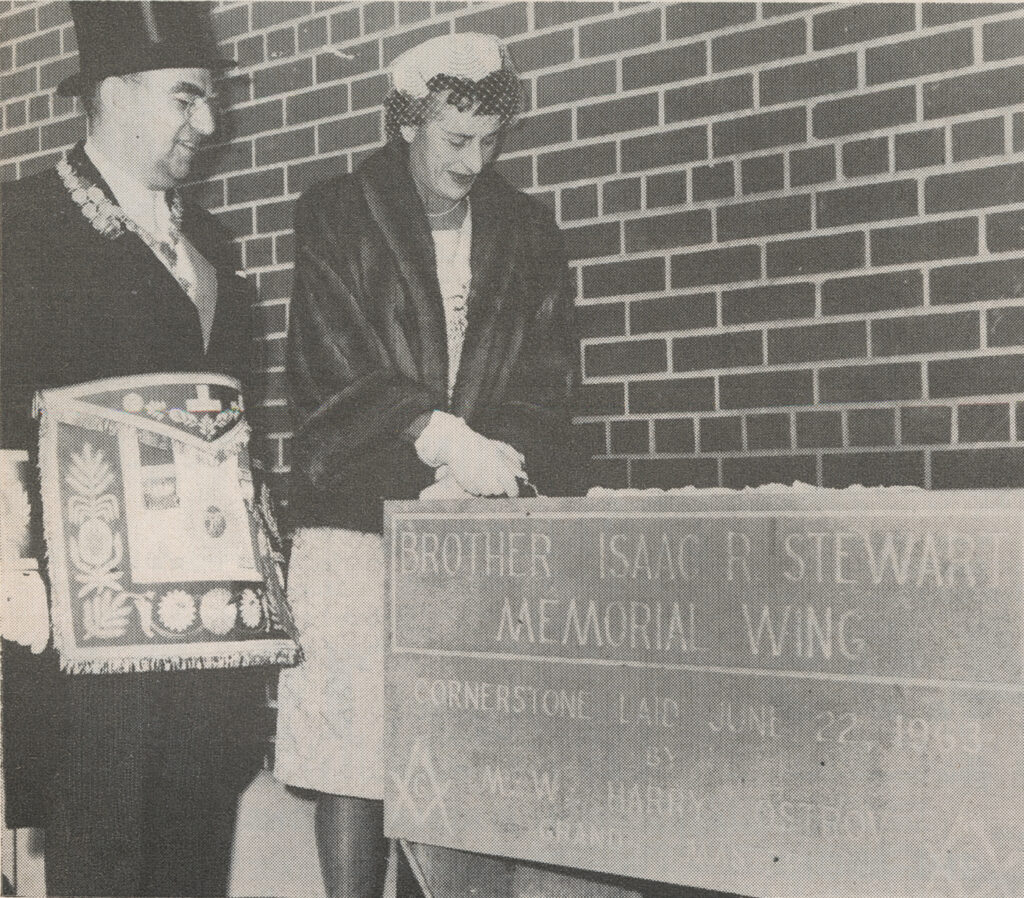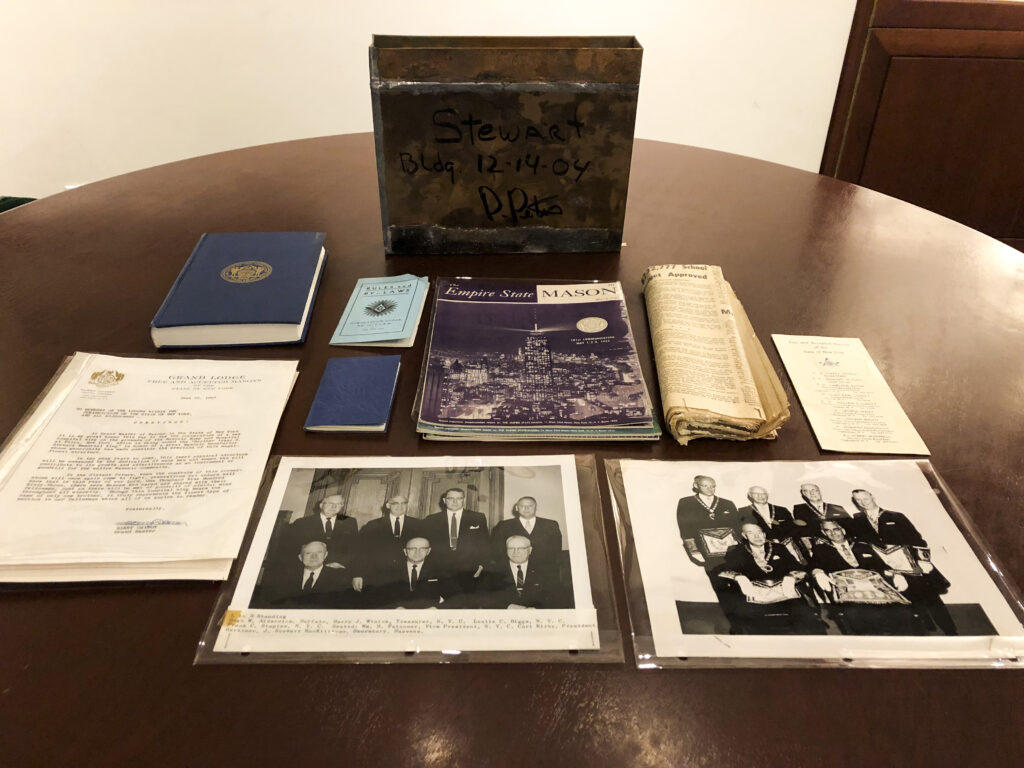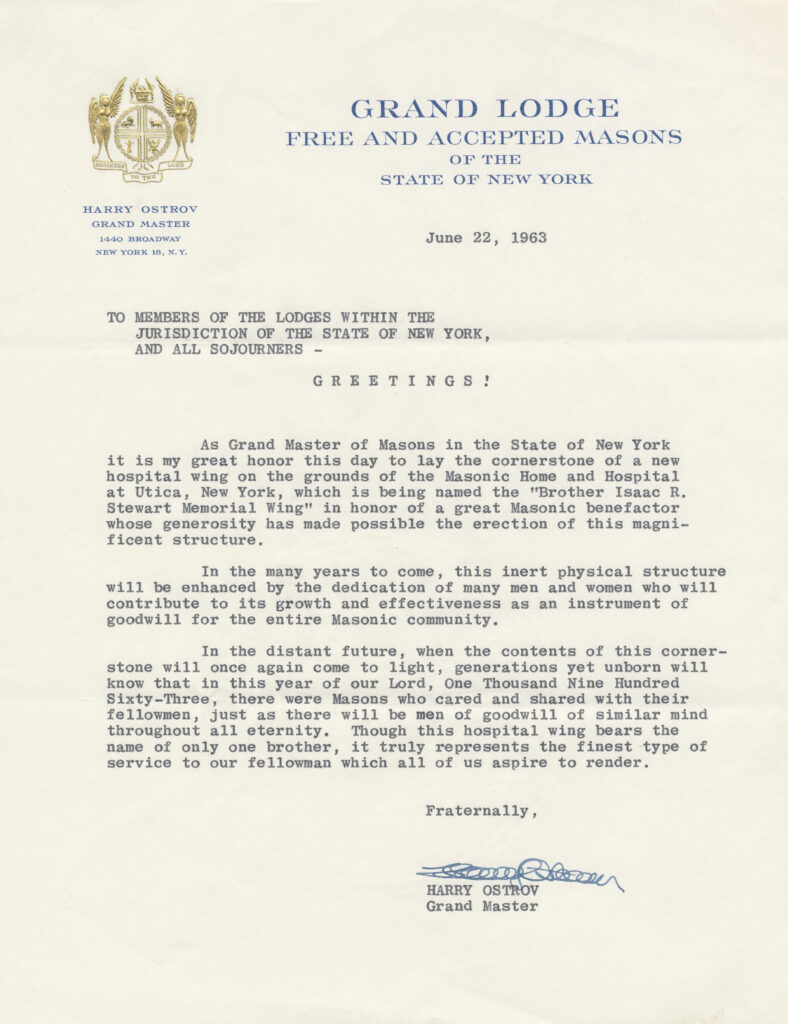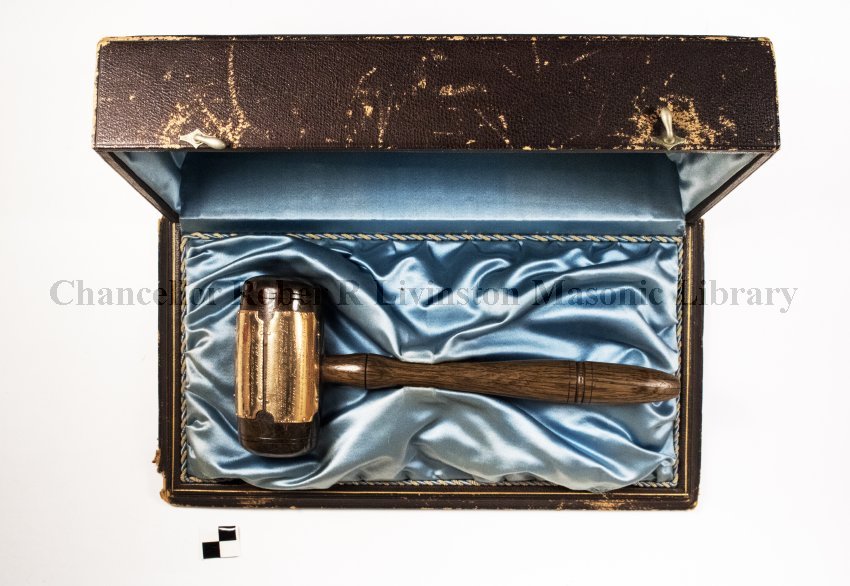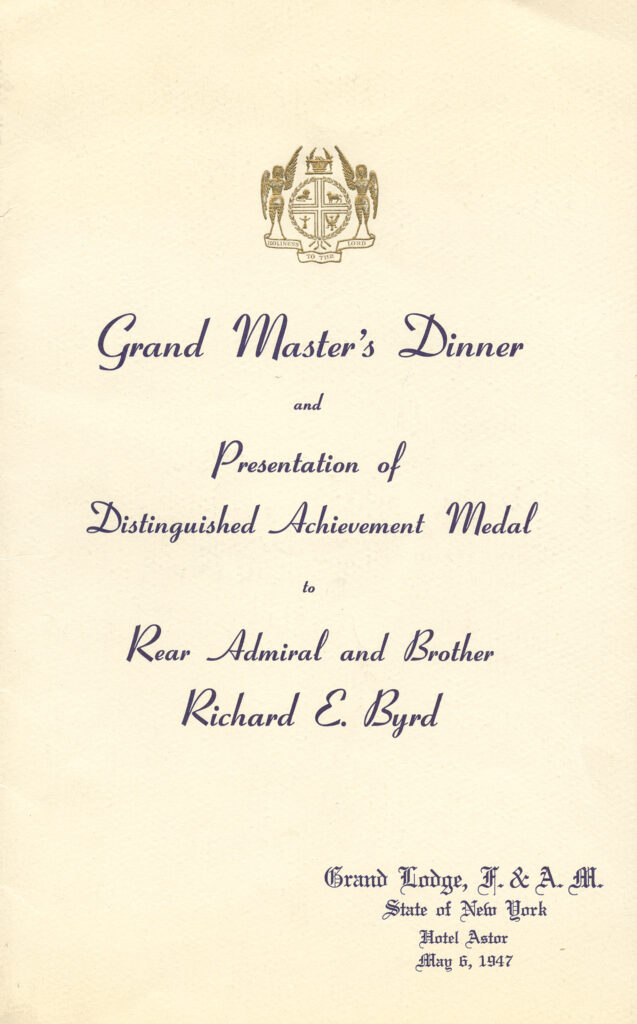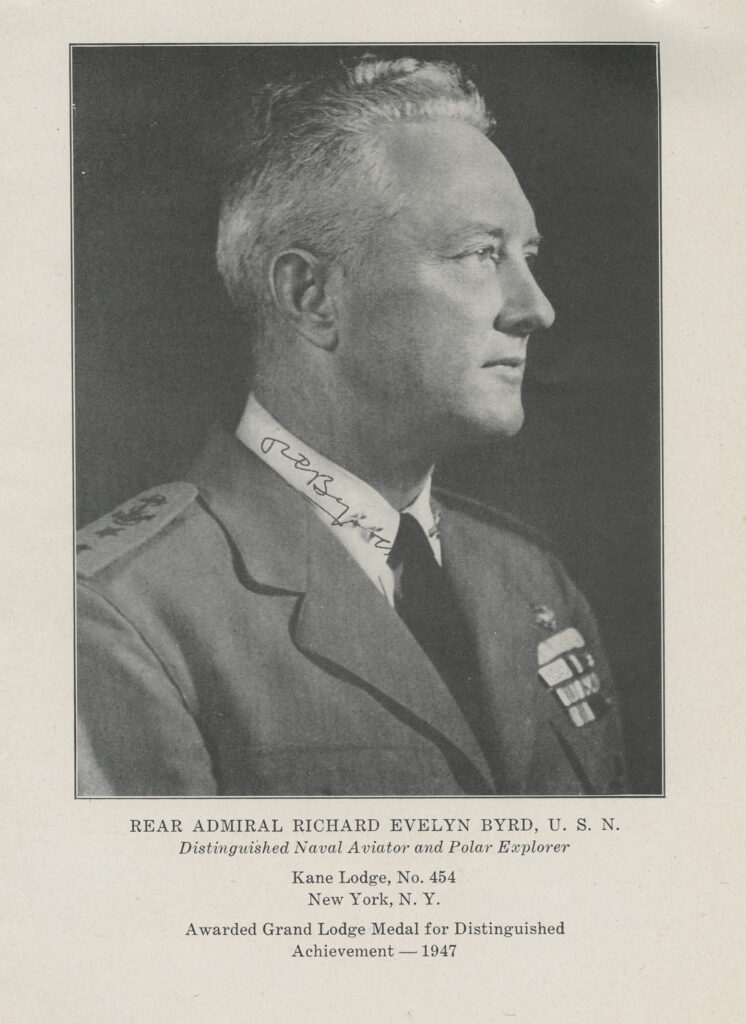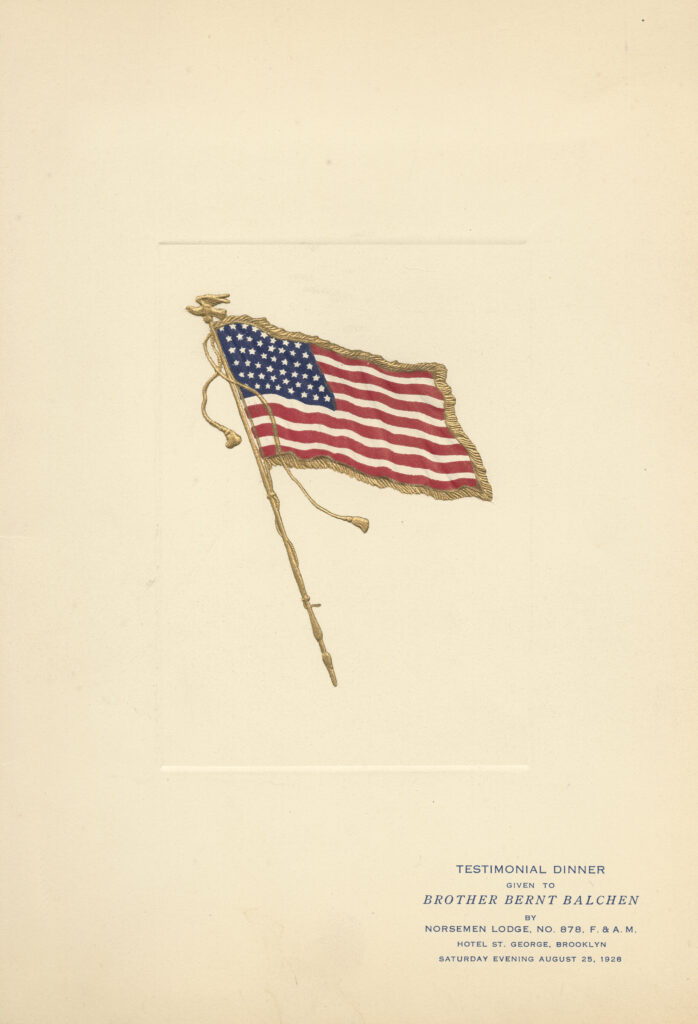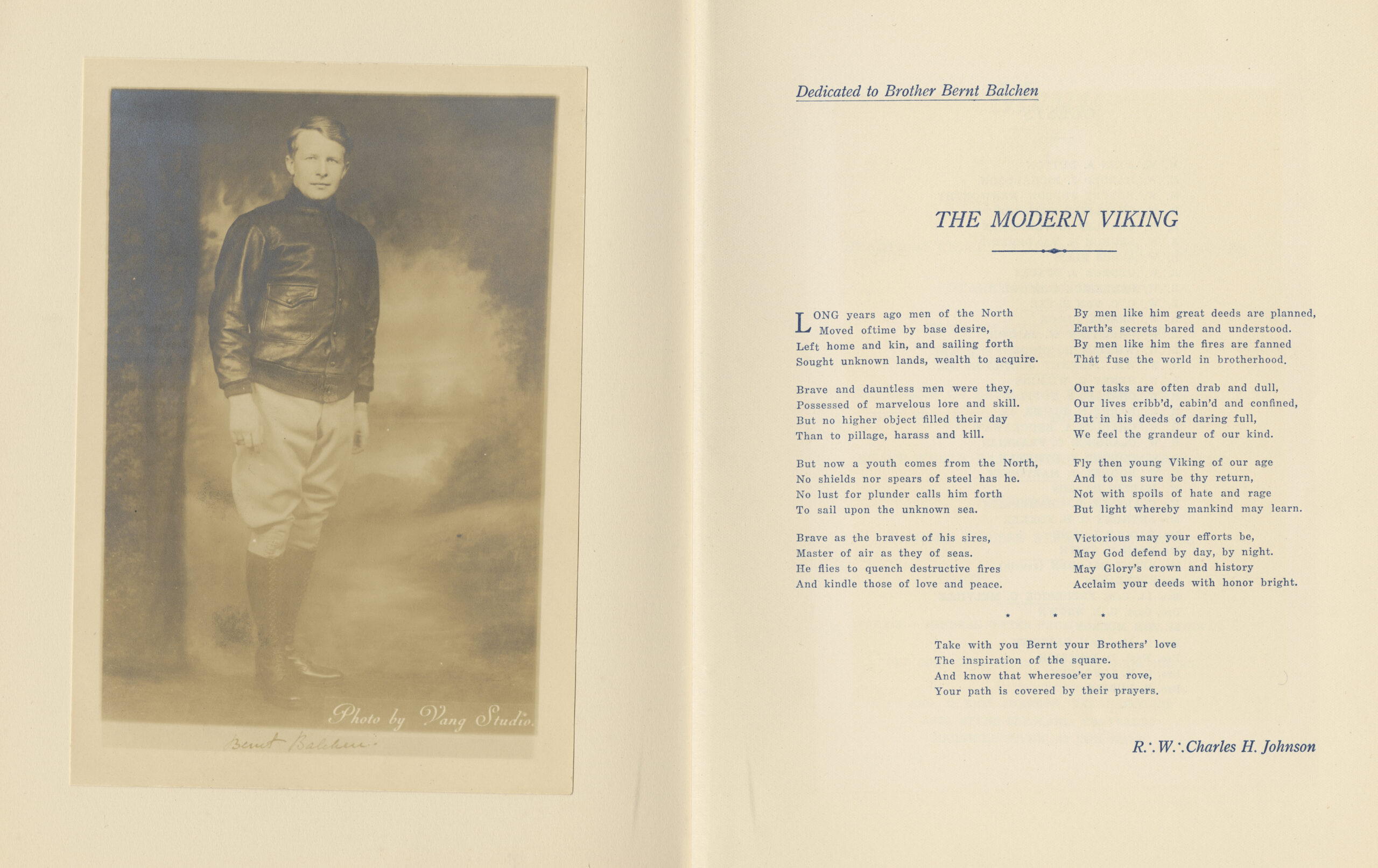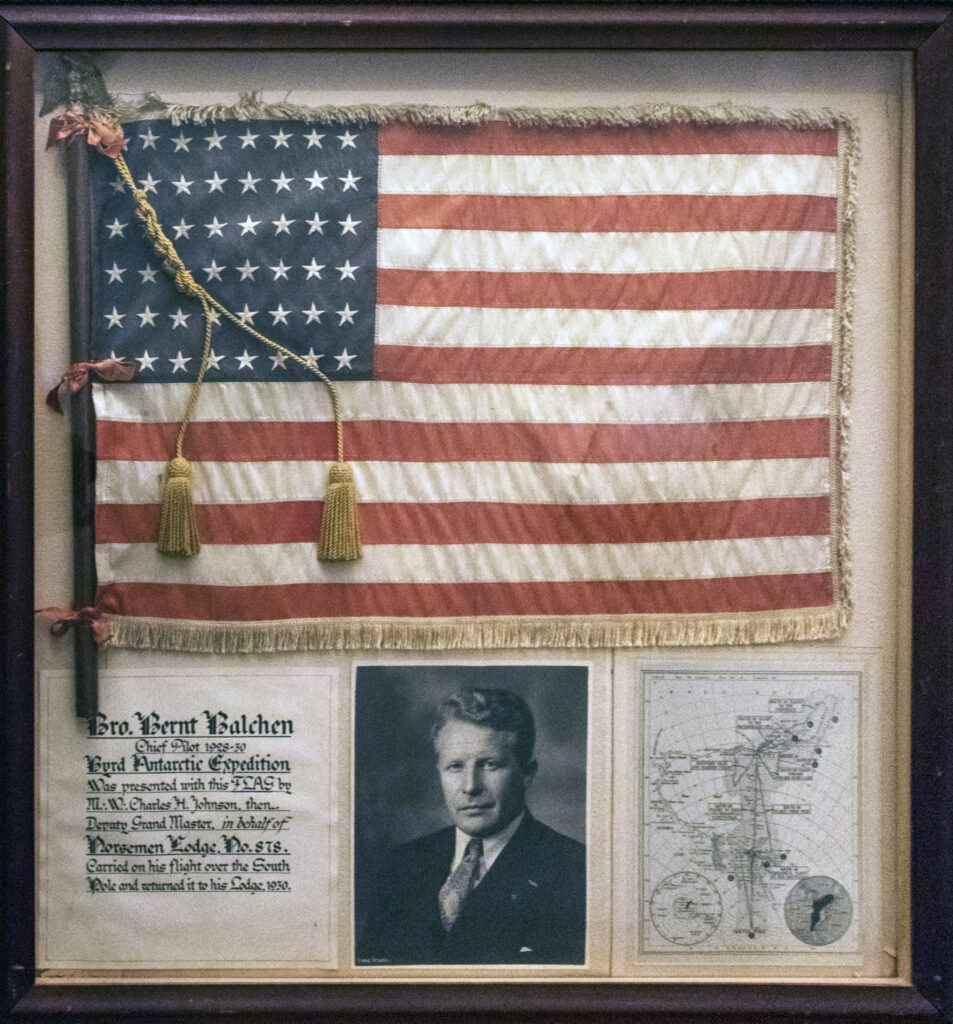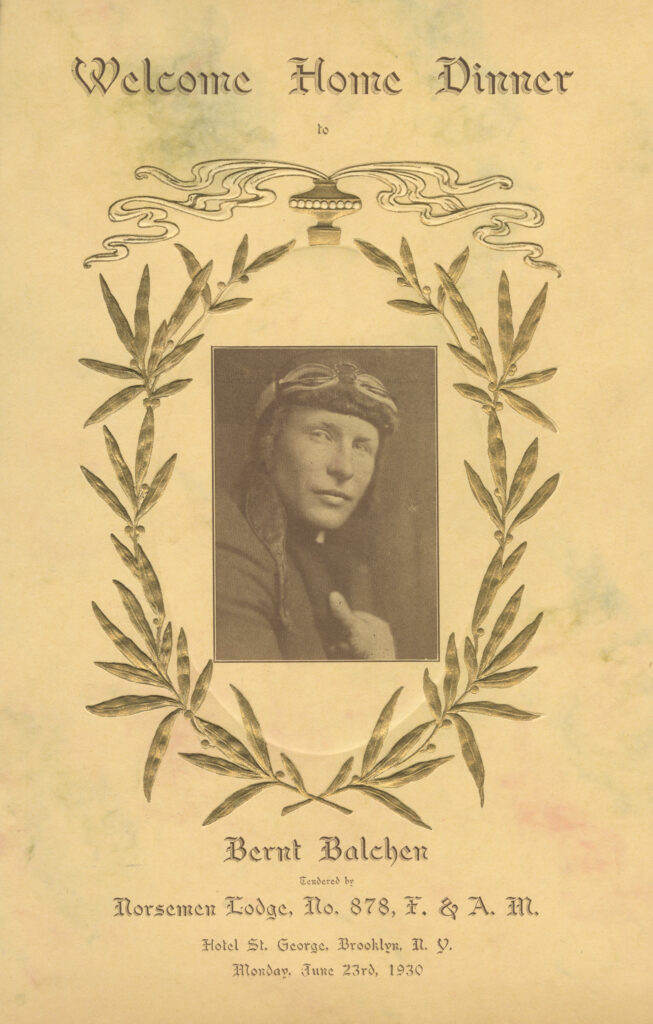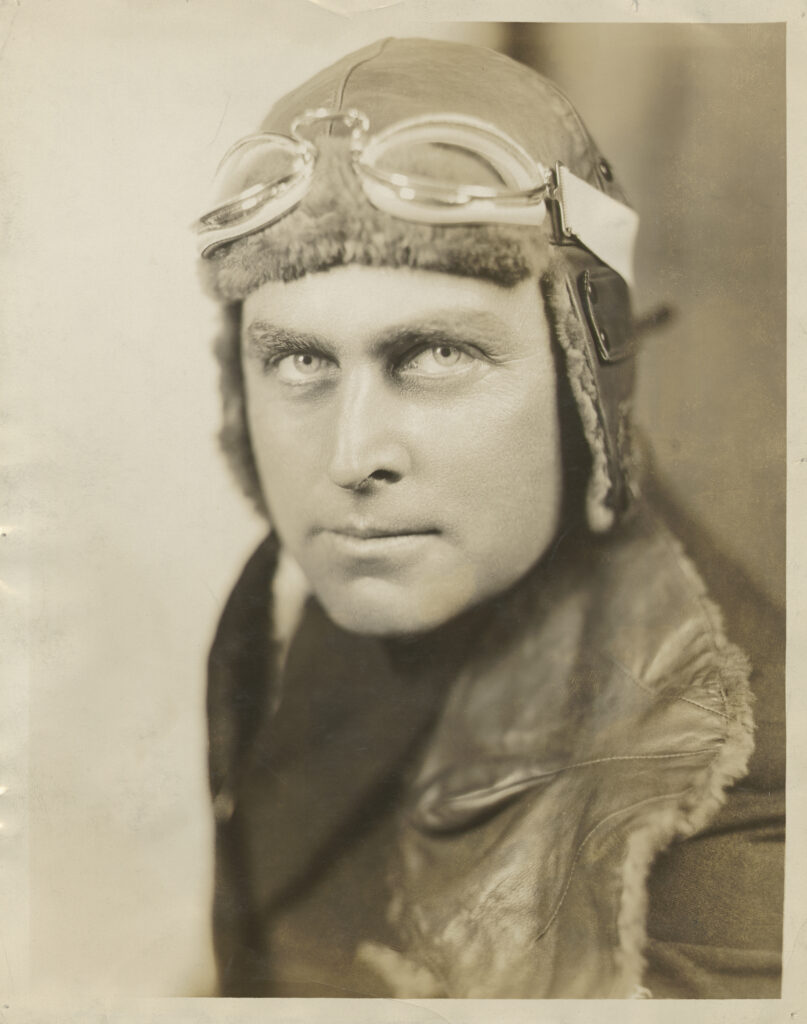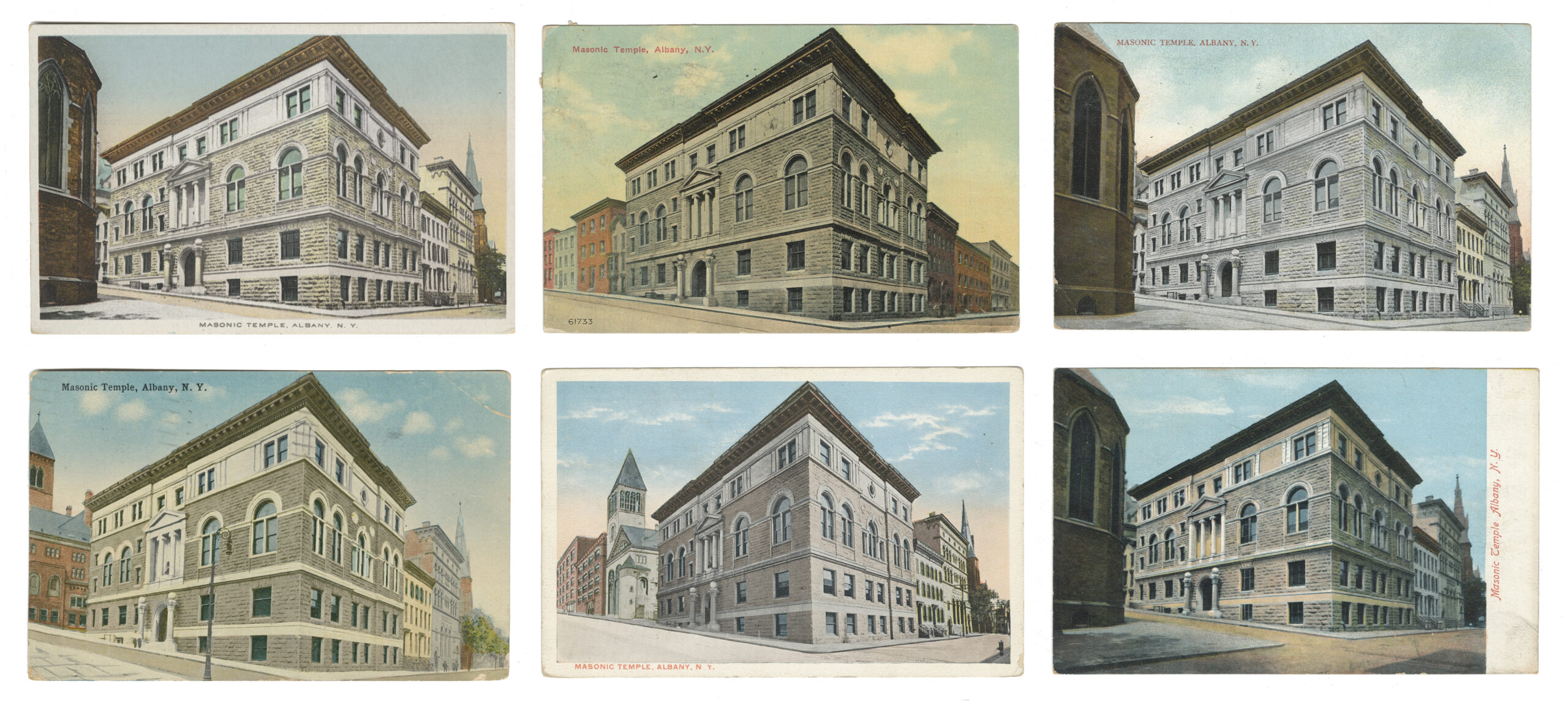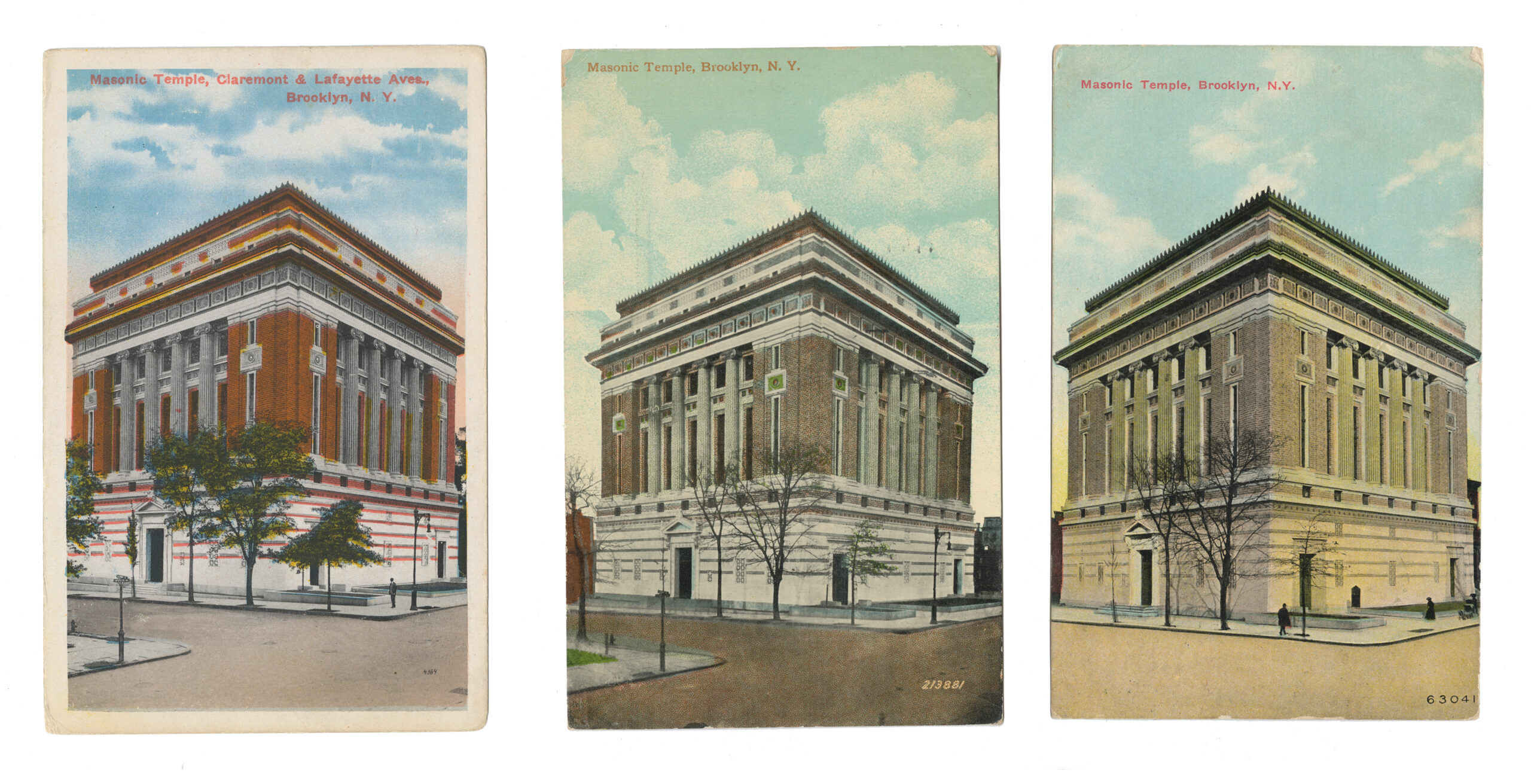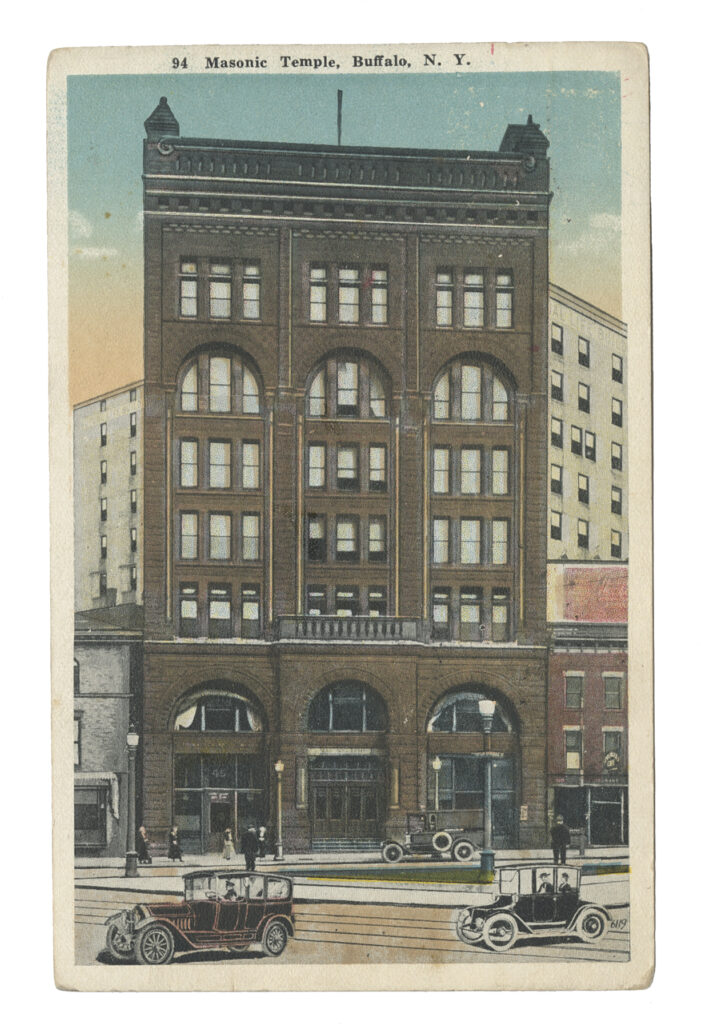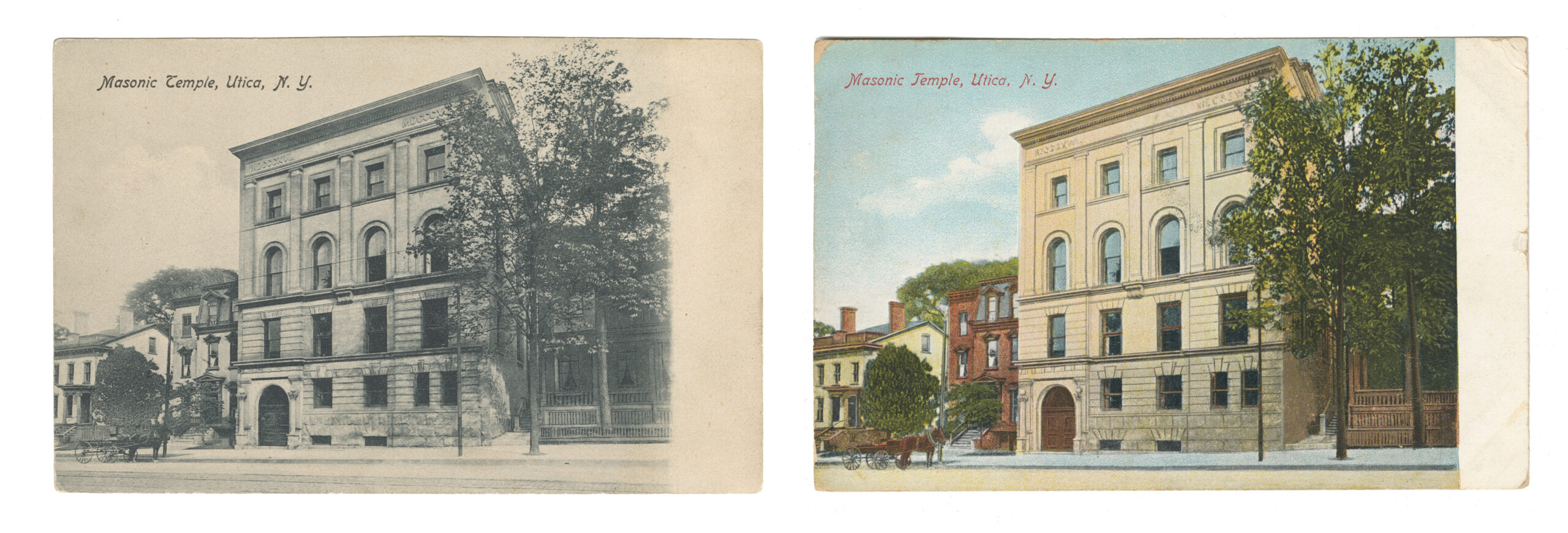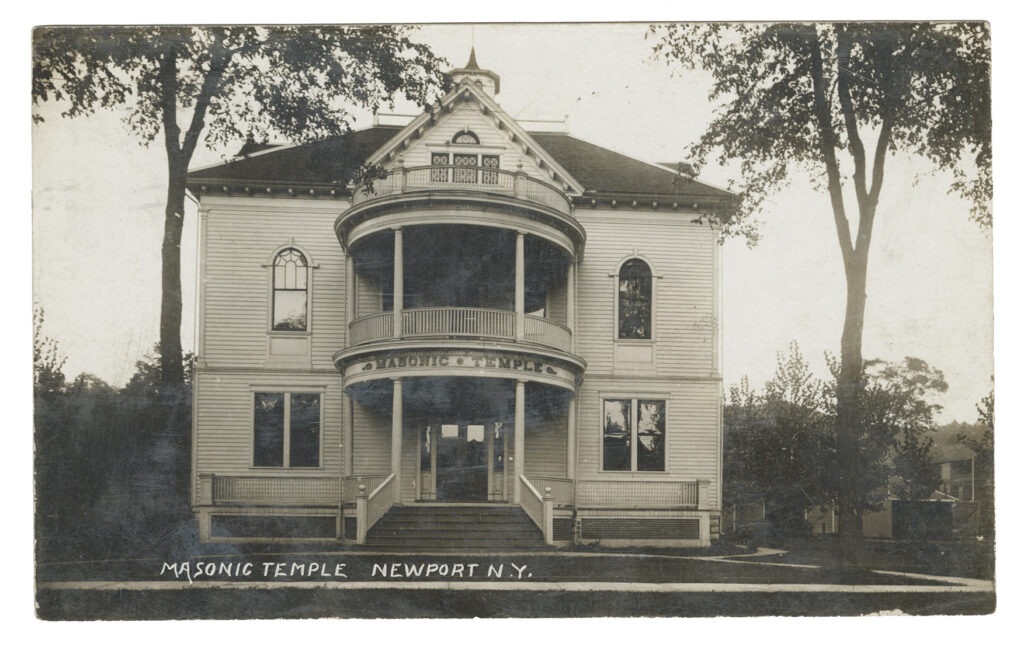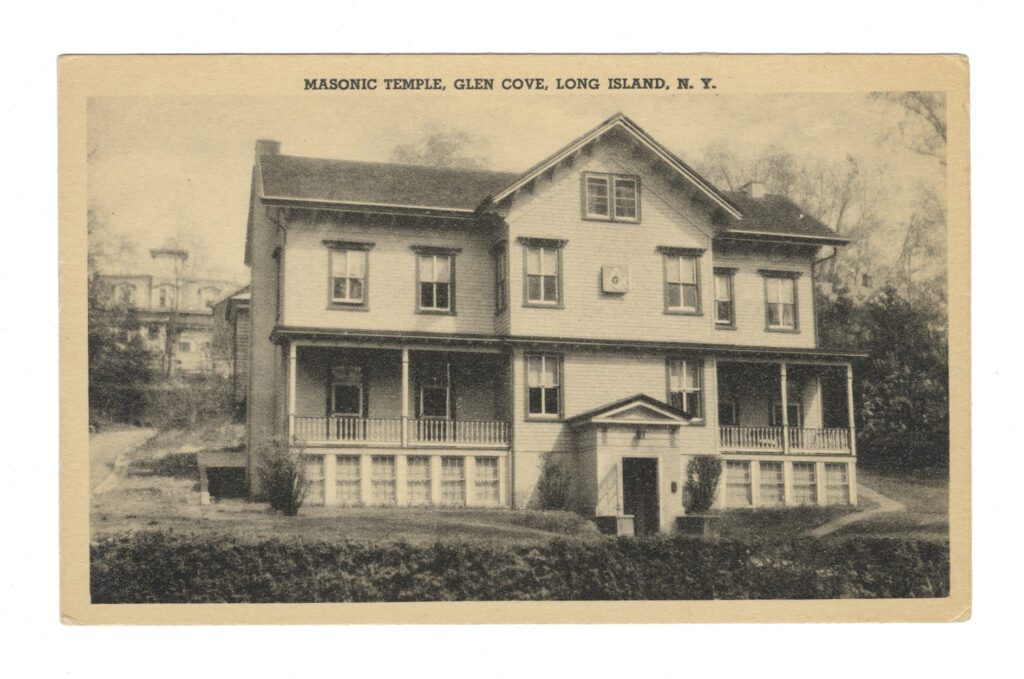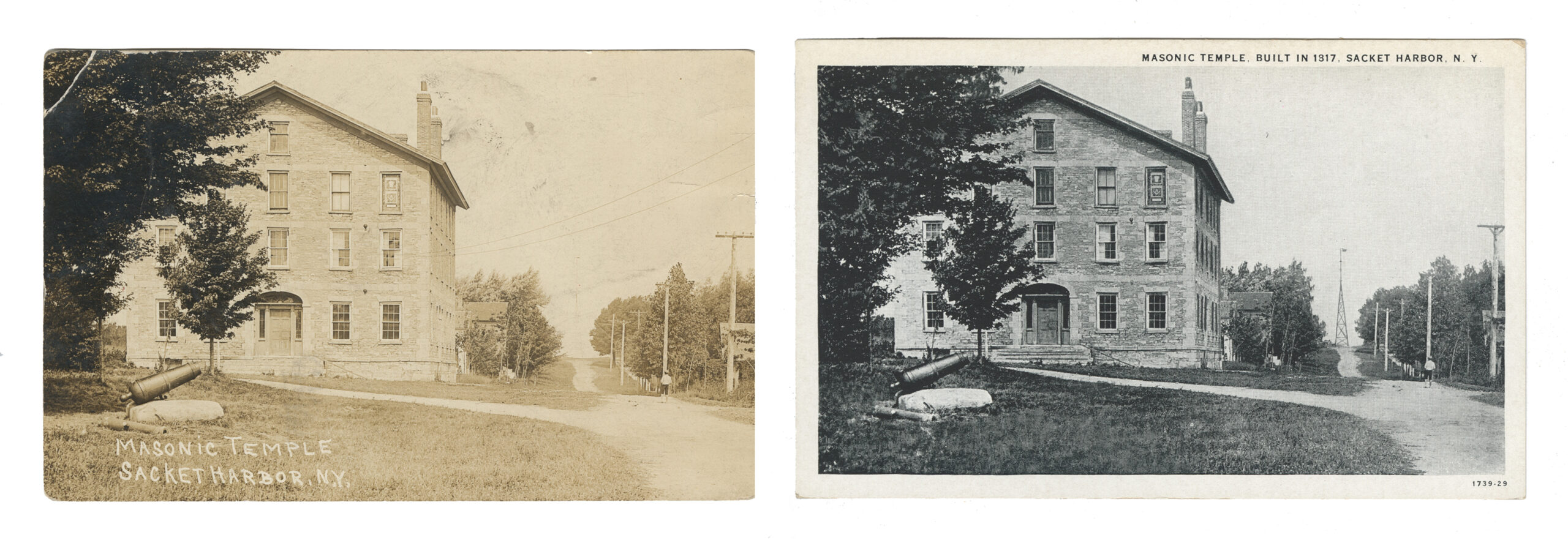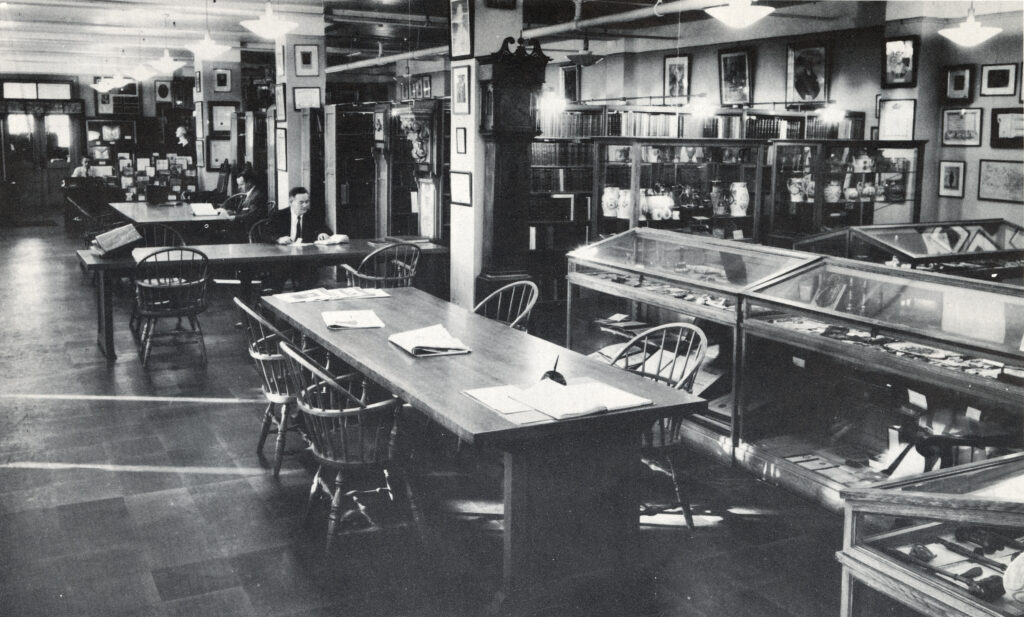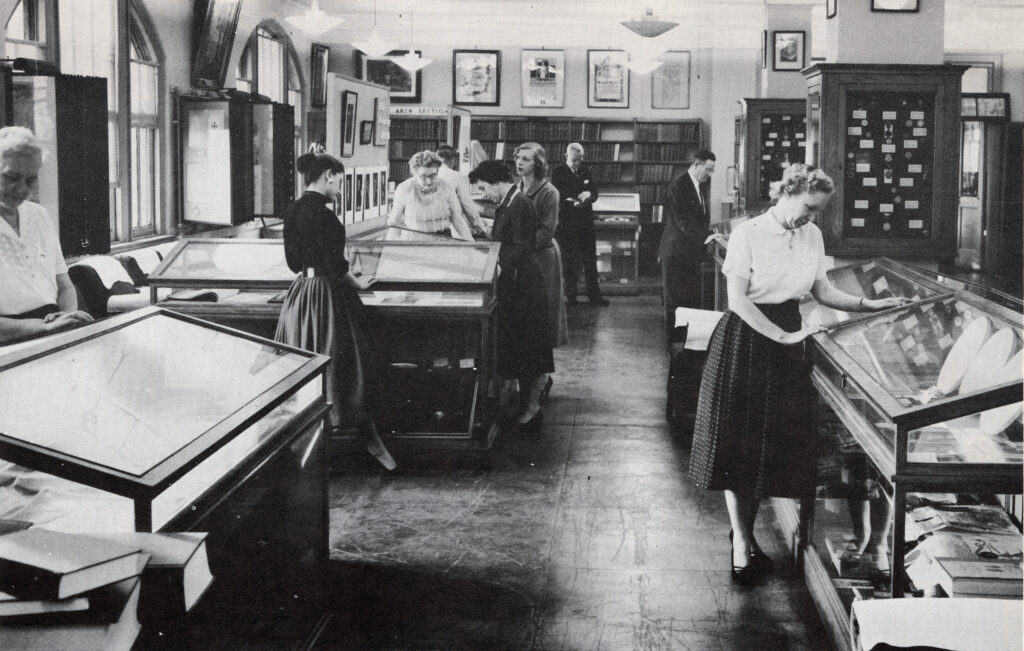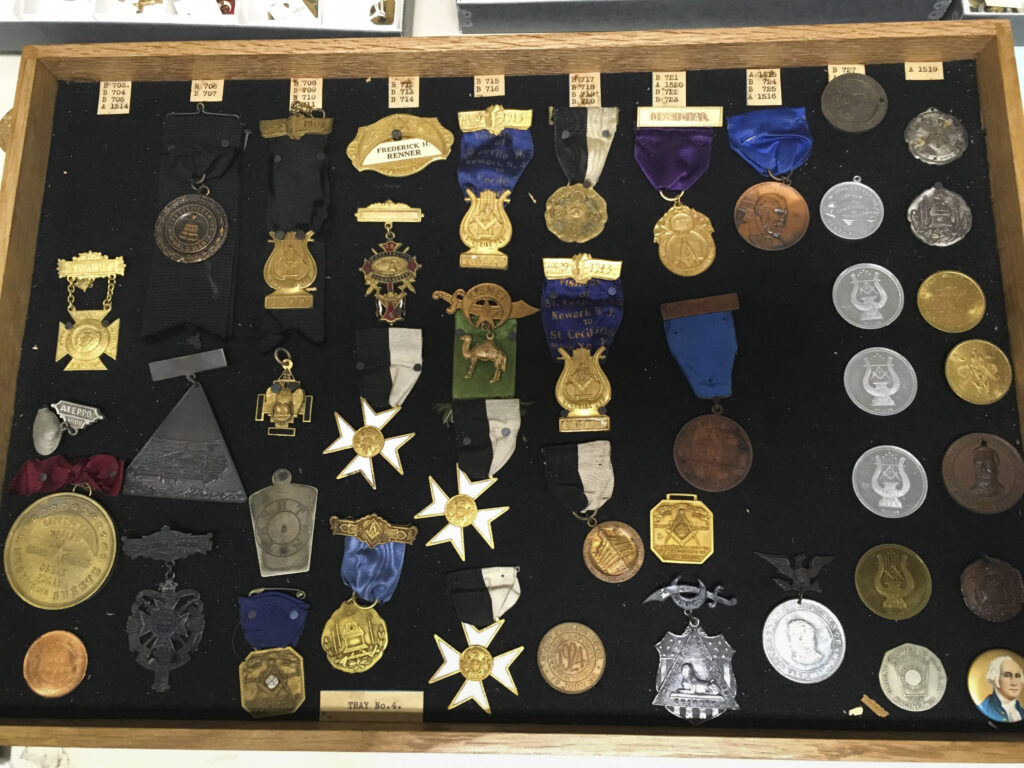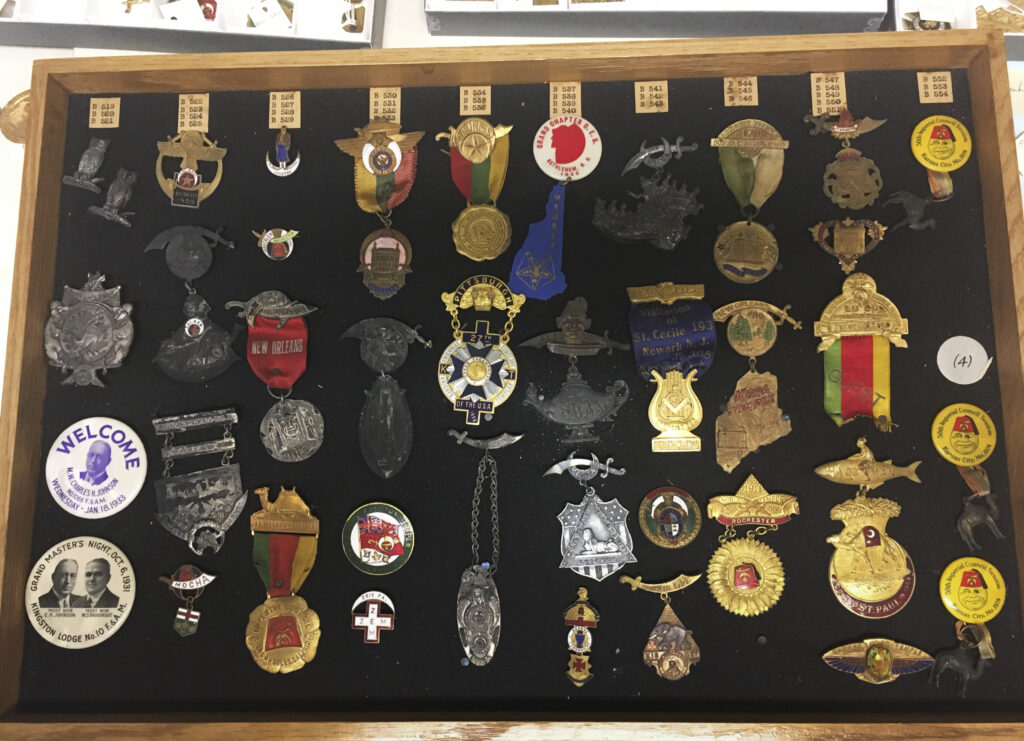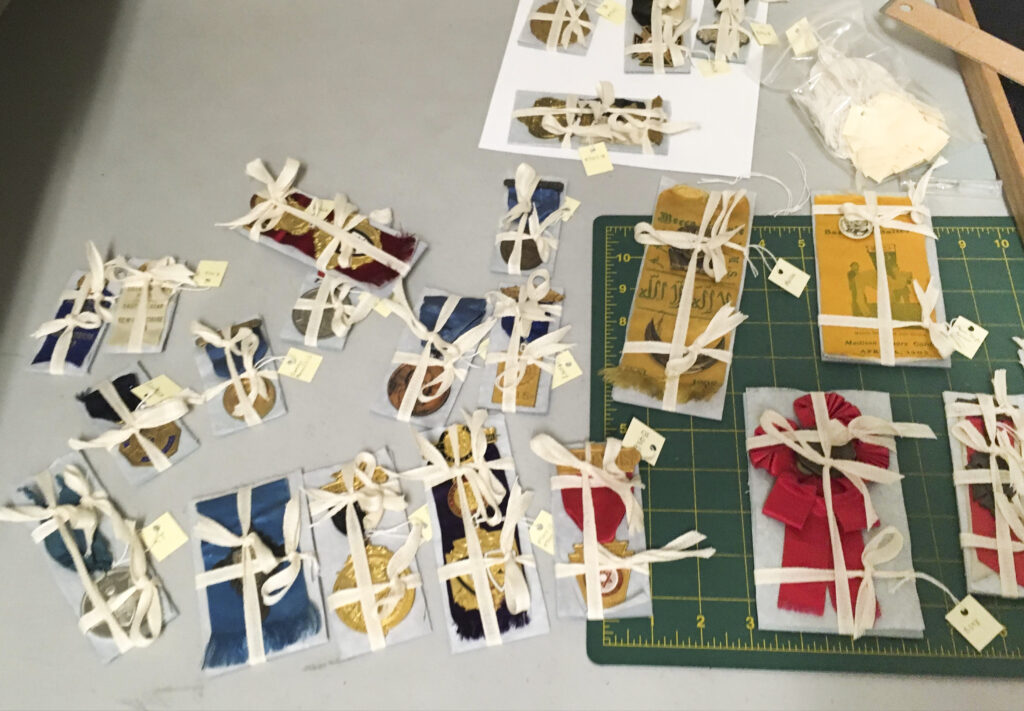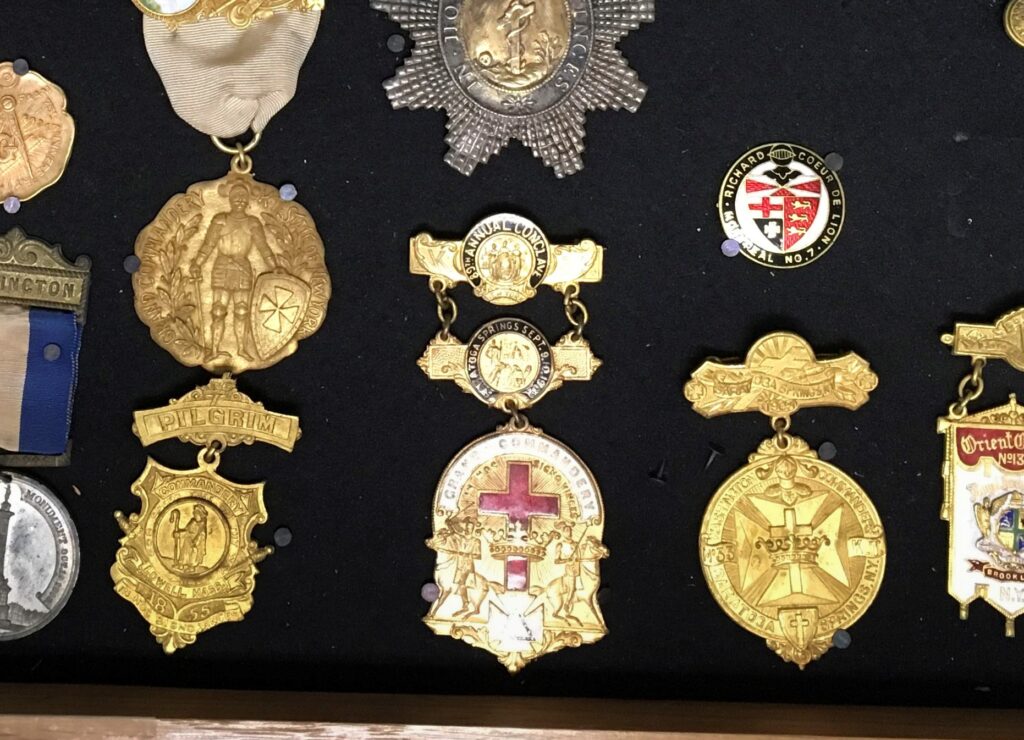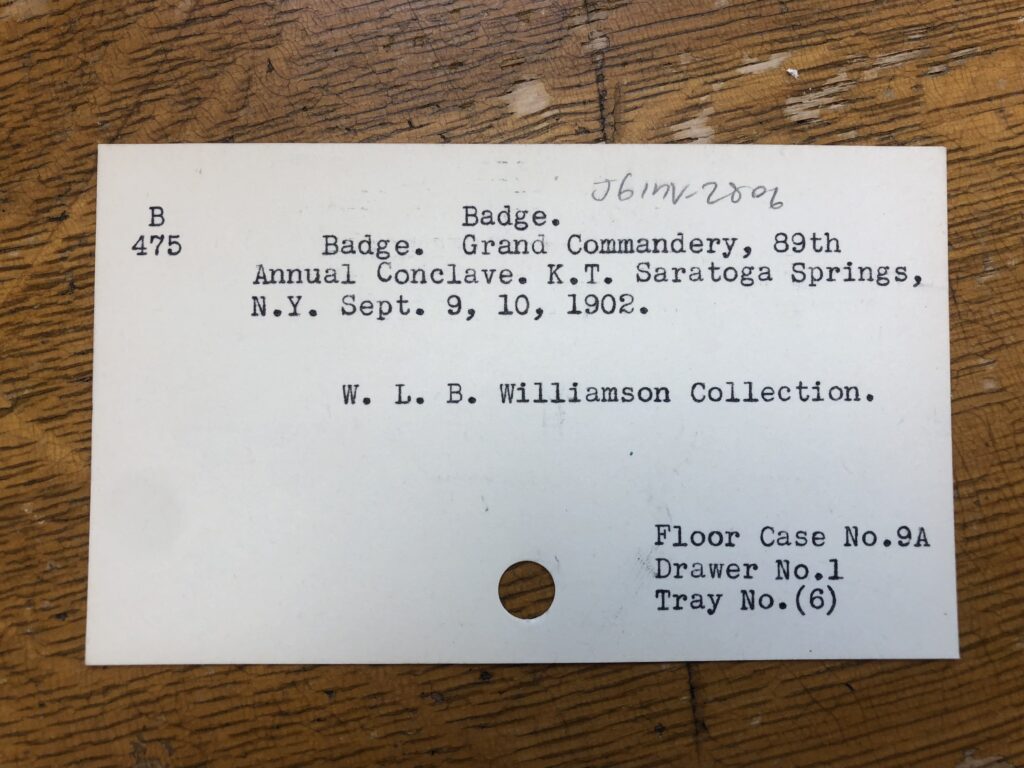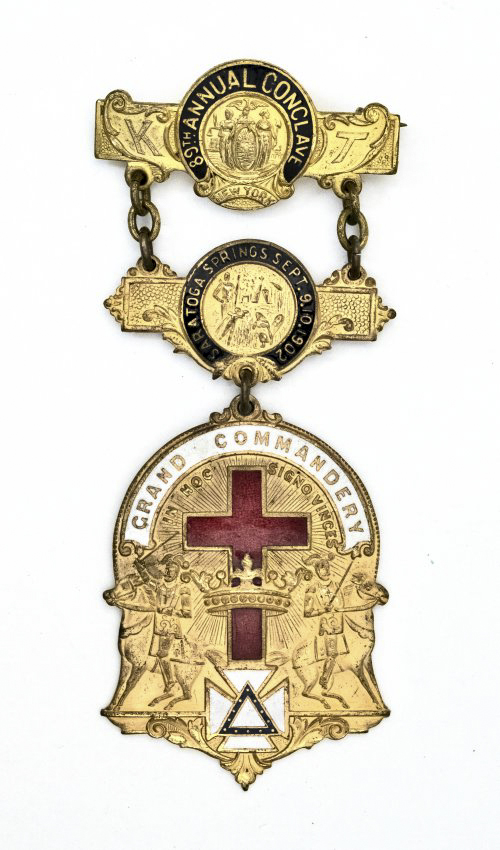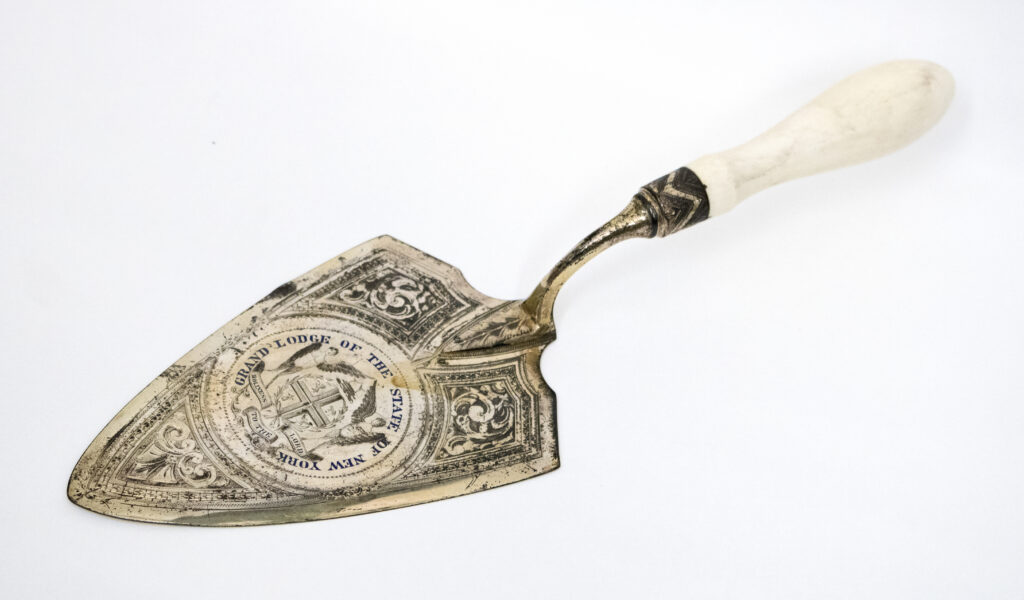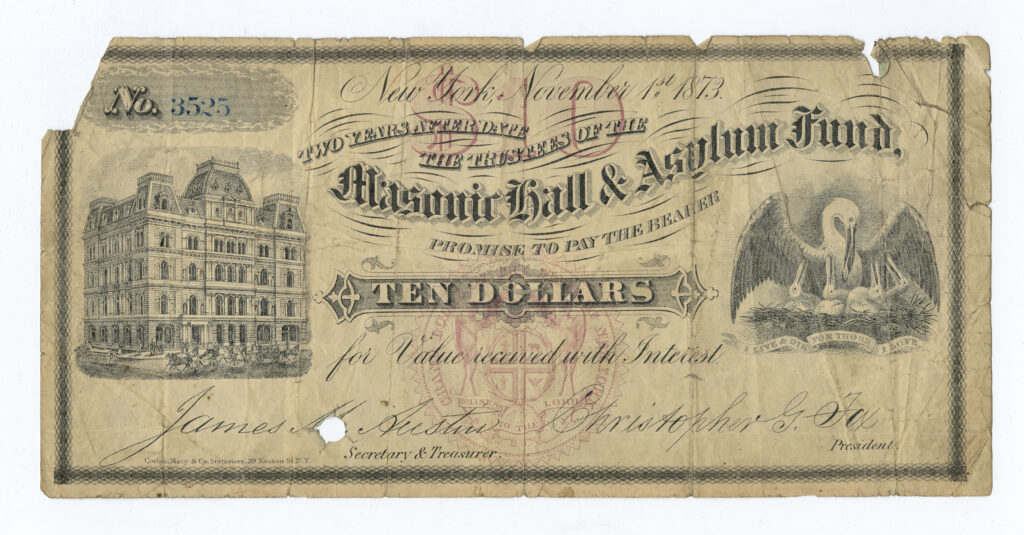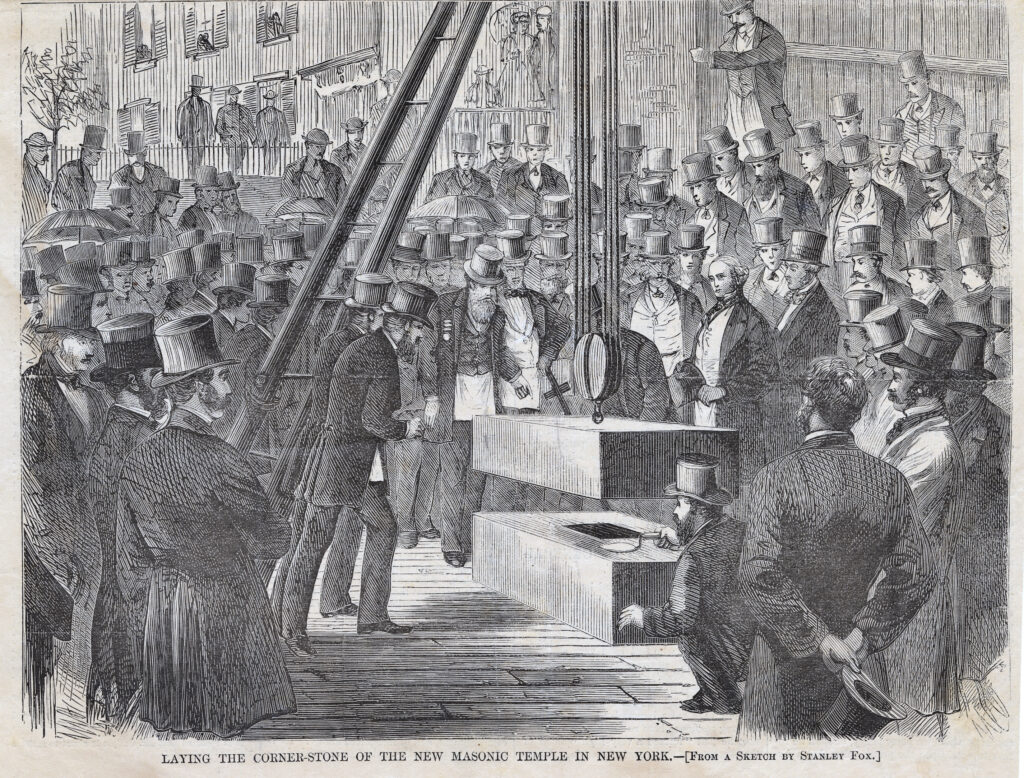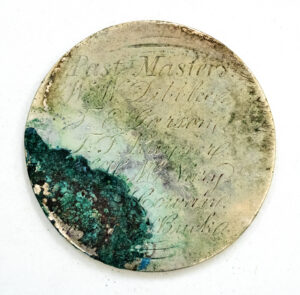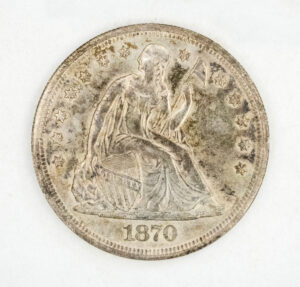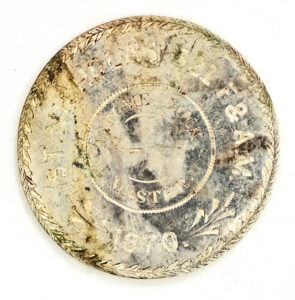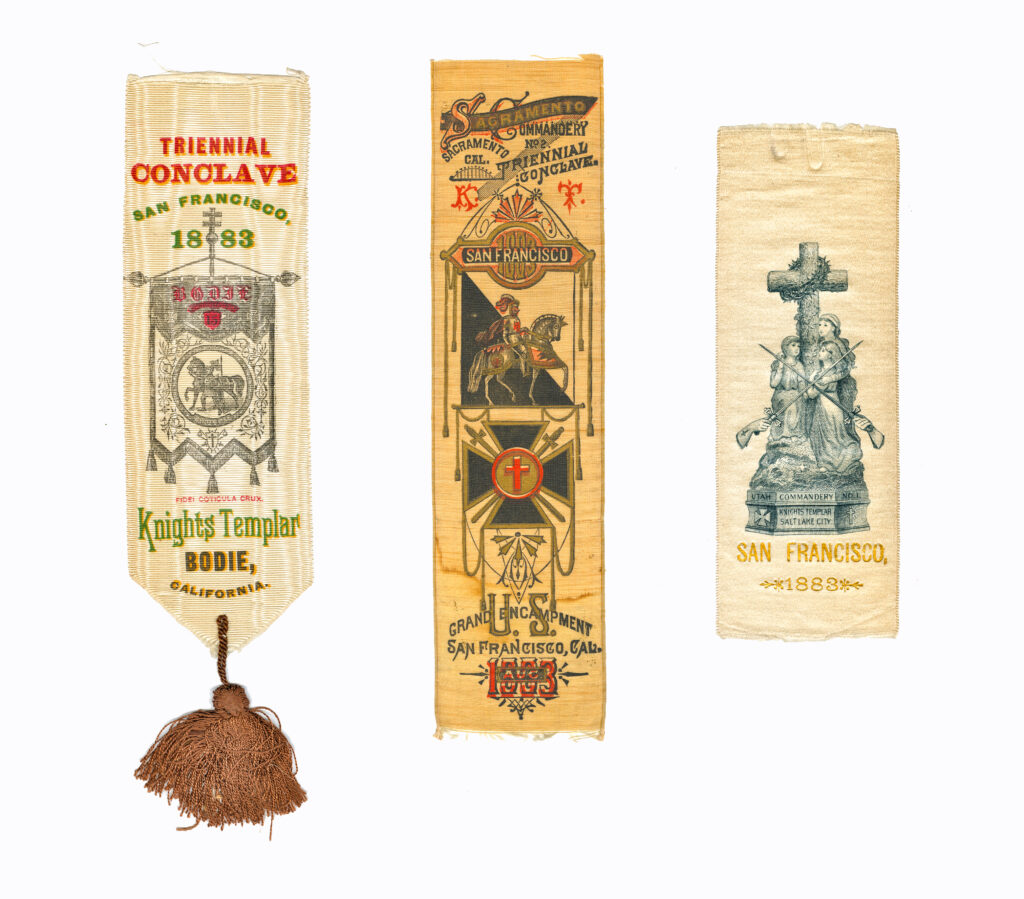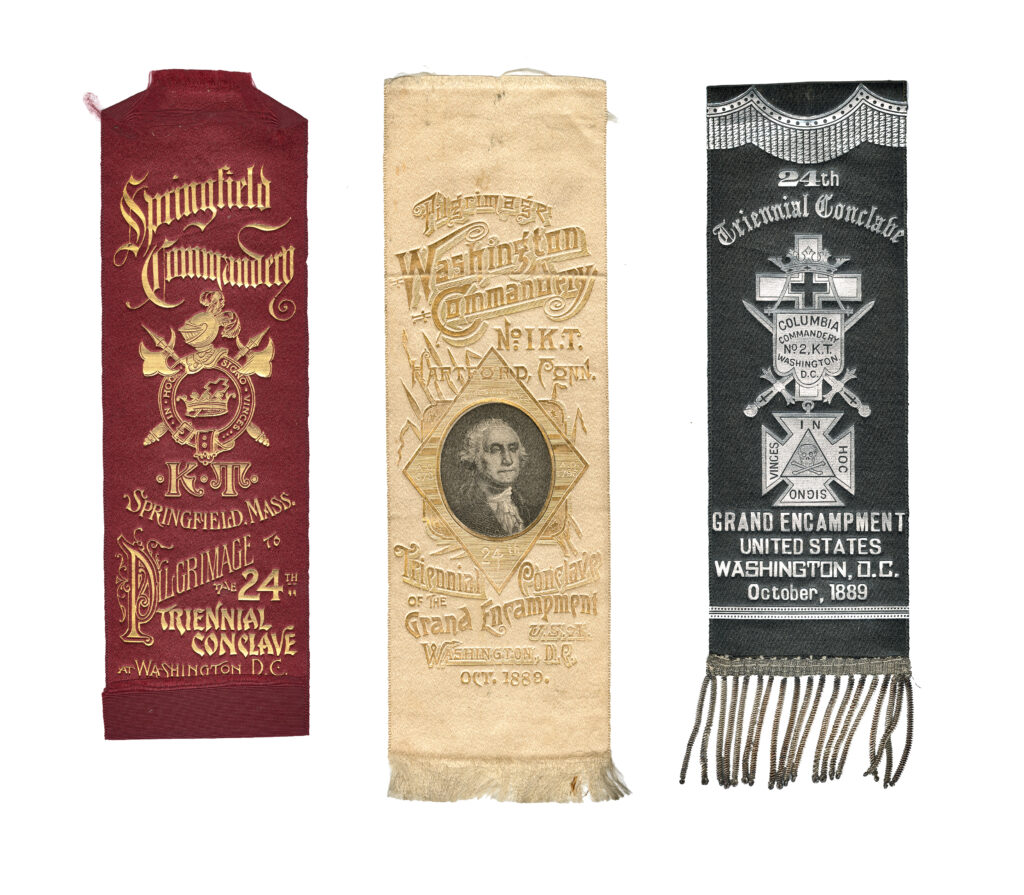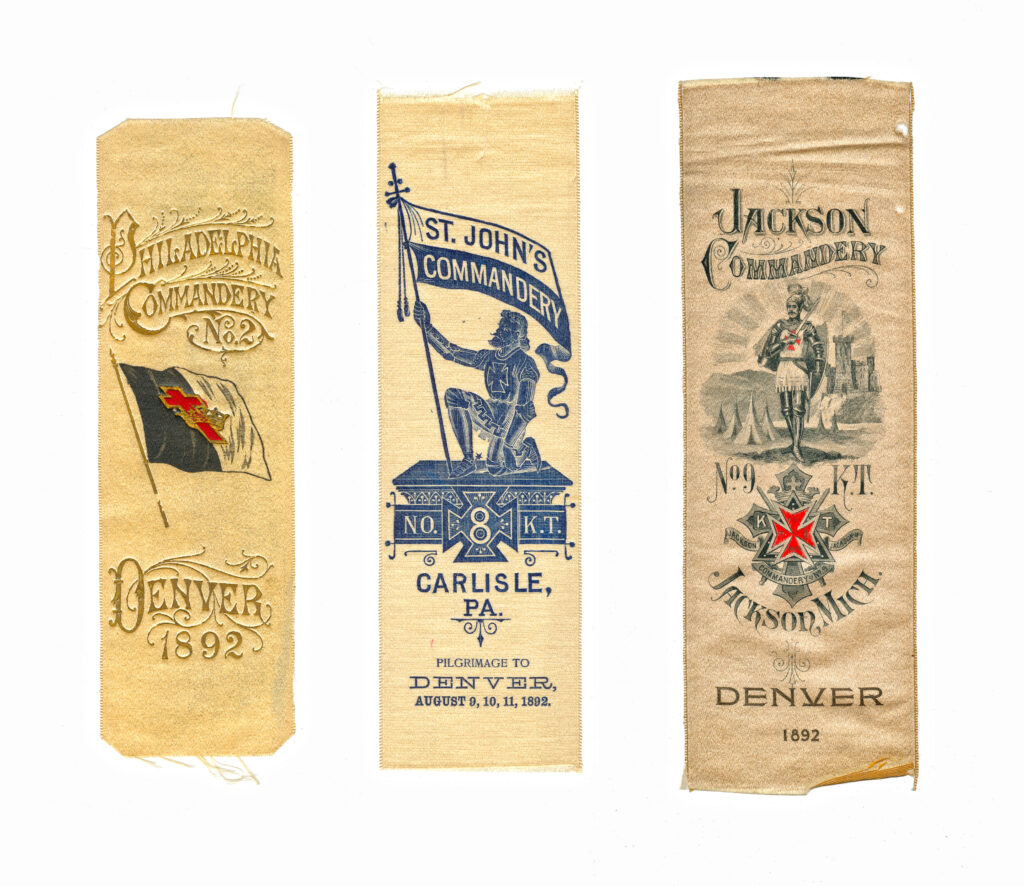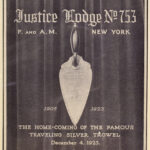We are continually adding new titles to our physical and digital collection and below are a few of the highlights available through our e-library on Odilo. Click the links below each book’s synopsis to preview the book in Odilo.
Note: For Masons in New York State, If you are interested in receiving borrowing privileges or check your library registration status please contact our Librarian at, Jpatzner@nymasoniclibrary.org or Call (212)-337-6620.
Schism by Ric Berman (E-Book)
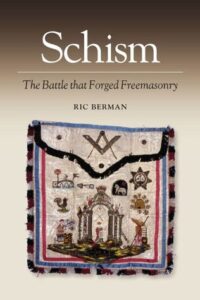
This book examines the creation of the Antients Grand Lodge and traces the influence of Ireland and the London Irish, especially that of Laurence Dermott, the Antients’ Grand Secretary, in the development of freemasonry in the second half of the 18th century. It demonstrates the relative accessibility of the Antients and contrasts this with the exclusivity of the ‘Moderns’–the original Grand Lodge of England. The Antients instigated what became a six decades-long rivalry with the Moderns and pioneered fundamental changes to the social composition of freemasonry, extending formal sociability to the lower middling and working classes and creating one of the first modern friendly societies. “Schism” does not stand solely as an academic work but introduces the subject to a wider Masonic and non-Masonic audience and supplements dated historical works. The book contributes to the history of London and the London Irish in the long 18th century and examines the social and trade networks of the urban lower middling and the working-class, subjects that remain substantially unexplored. It also offers a prism through which Britain’s calamitous relationship with Ireland can be examined.
The Book of Law by Aleister Crowley (E-Book)
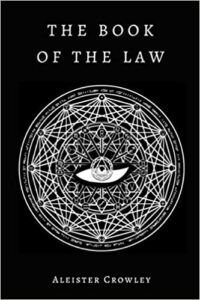
The Book of Law is the foundation for readers looking to explore occult texts and understand Crowley’s belief system of Thelema.
The Craft How Freemasons Made the Modern World (E-Book)
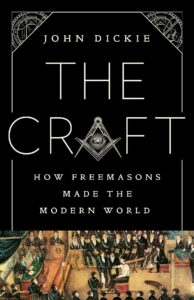 John Dickie’s The Craft is an enthralling exploration of the world’s most famous and misunderstood secret brotherhood, a movement that not only helped to forge modern society, but has substantial contemporary influence, with 400,000 members in Britain, over a million in the USA, and around six million across the world. Yet the Masons were as feared as they were influential. In the eyes of the Catholic Church, Freemasonry has always been a den of devil-worshippers. For Hitler, Mussolini, and Franco, the Lodges spread the diseases of pacifism, socialism, and Jewish influence so had to be crushed.
John Dickie’s The Craft is an enthralling exploration of the world’s most famous and misunderstood secret brotherhood, a movement that not only helped to forge modern society, but has substantial contemporary influence, with 400,000 members in Britain, over a million in the USA, and around six million across the world. Yet the Masons were as feared as they were influential. In the eyes of the Catholic Church, Freemasonry has always been a den of devil-worshippers. For Hitler, Mussolini, and Franco, the Lodges spread the diseases of pacifism, socialism, and Jewish influence so had to be crushed.
John Jacob Astor and the First Great American Fortune by Alexander Emmerich (E-Book)
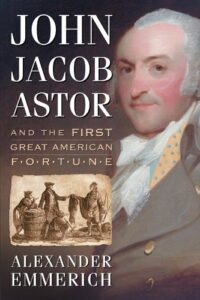 This biography explores M.W. John Jacob Astor’s (Holland Lodge No.8) rise from poor German immigrant in 1784 to the first modern millionaire Many consider him to be the fourth wealthiest American of all times. Some argued that he must have been greedy and cold. While there were calls for Astor to return his money to the United State many others praised him for his genius and vision. Astor is the founder of a number of New York’s fine hotels the Astor House and the Waldorf-Astoria, as well as a developer of the American West and a fur trader. Many American cities and sites are named after him.
This biography explores M.W. John Jacob Astor’s (Holland Lodge No.8) rise from poor German immigrant in 1784 to the first modern millionaire Many consider him to be the fourth wealthiest American of all times. Some argued that he must have been greedy and cold. While there were calls for Astor to return his money to the United State many others praised him for his genius and vision. Astor is the founder of a number of New York’s fine hotels the Astor House and the Waldorf-Astoria, as well as a developer of the American West and a fur trader. Many American cities and sites are named after him.
The Drillmaster of Valley Forge By Paul Lockhart (E-Audiobook)
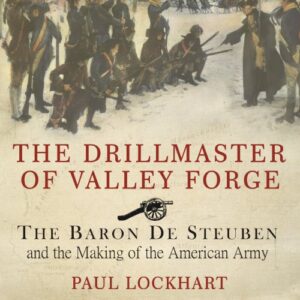 In the first book on Steuben since 1937, Paul Lockhart, an expert on European military history, finally explains the significance of Steuben’s military experience in Europe. Steeped in the traditions of the Prussian army of Frederick the Great-the most ruthlessly effective in Europe-he taught the soldiers of the Continental Army how to fight like Europeans. His guiding hand shaped the army that triumphed over the British at Monmouth, Stony Point, and Yorktown. And his influence did not end with the Revolution. Steuben was instrumental in creating West Point and in writing the “Blue Book”-the first official regulations of the American army. His principles have guided the American armed forces to this day.
In the first book on Steuben since 1937, Paul Lockhart, an expert on European military history, finally explains the significance of Steuben’s military experience in Europe. Steeped in the traditions of the Prussian army of Frederick the Great-the most ruthlessly effective in Europe-he taught the soldiers of the Continental Army how to fight like Europeans. His guiding hand shaped the army that triumphed over the British at Monmouth, Stony Point, and Yorktown. And his influence did not end with the Revolution. Steuben was instrumental in creating West Point and in writing the “Blue Book”-the first official regulations of the American army. His principles have guided the American armed forces to this day.
Steuben’s life is also a classic immigrant story. A failure in midlife, he uprooted himself from his native Europe to seek one last chance at glory and fame in the New World. In America, he managed to reinvent himself-making his background quite a bit more glamorous than it really was-but redeeming himself by his exceptional service and becoming, in a sense, the man he claimed to be.
Houdini by Adam Begley (E-Audiobook)
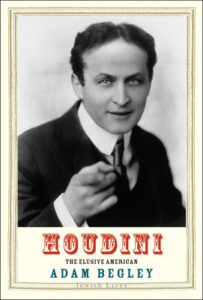
Nobody knows how Houdini performed some of his dazzling, death-defying tricks, and nobody knows, finally, why he felt compelled to punish and imprison himself over and over again. Tracking the restless Houdini’s wide-ranging exploits, acclaimed biographer Adam Begley tells the story of a mystifying man’s astonishing career.
Born Erik Weisz in Budapest in 1874, Houdini grew up an impoverished Jewish immigrant in the Midwest and became world-famous thanks to talent, industry, and ferocious determination. He concealed as a matter of temperament and professional ethics the secrets of his sensational success.
